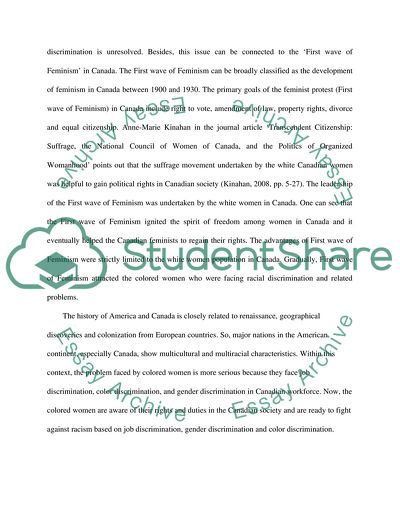Cite this document
(Discrimination of Colored Women in the Canadian Workforce Research Paper, n.d.)
Discrimination of Colored Women in the Canadian Workforce Research Paper. Retrieved from https://studentshare.org/social-science/1742863-racism
Discrimination of Colored Women in the Canadian Workforce Research Paper. Retrieved from https://studentshare.org/social-science/1742863-racism
(Discrimination of Colored Women in the Canadian Workforce Research Paper)
Discrimination of Colored Women in the Canadian Workforce Research Paper. https://studentshare.org/social-science/1742863-racism.
Discrimination of Colored Women in the Canadian Workforce Research Paper. https://studentshare.org/social-science/1742863-racism.
“Discrimination of Colored Women in the Canadian Workforce Research Paper”, n.d. https://studentshare.org/social-science/1742863-racism.


